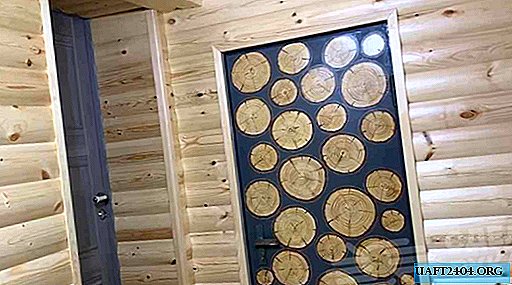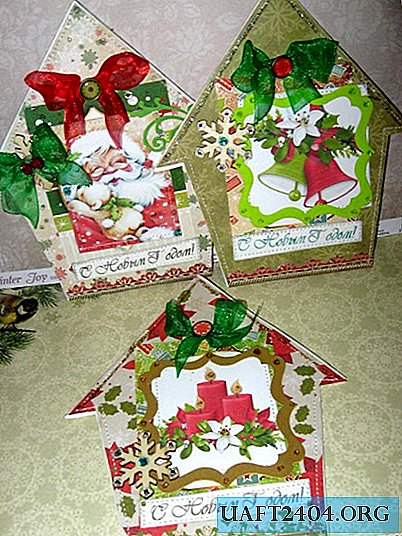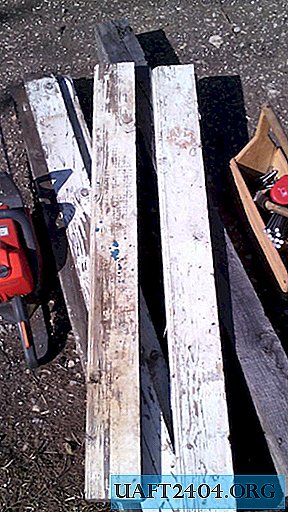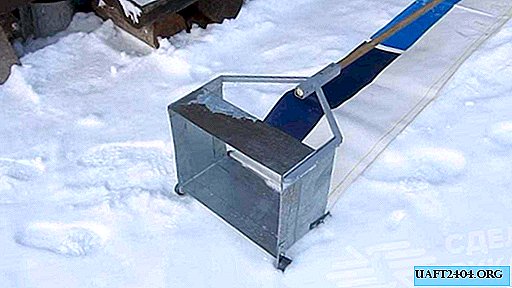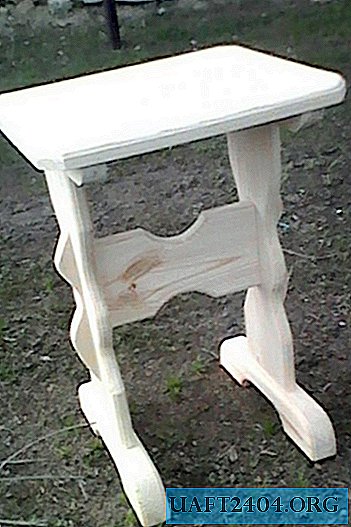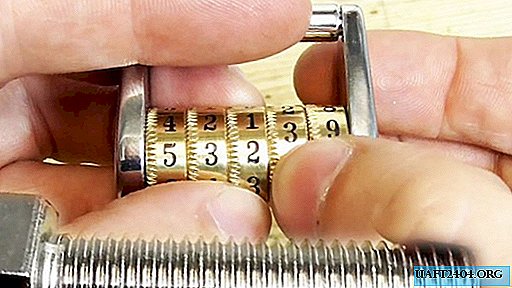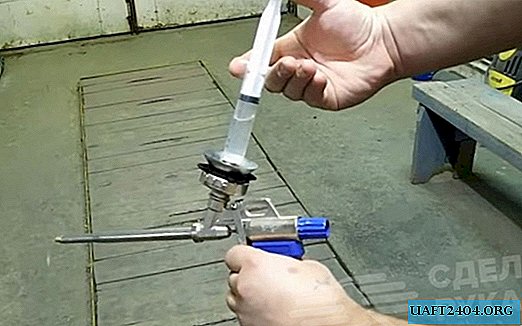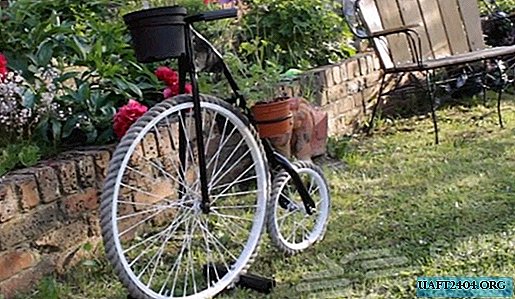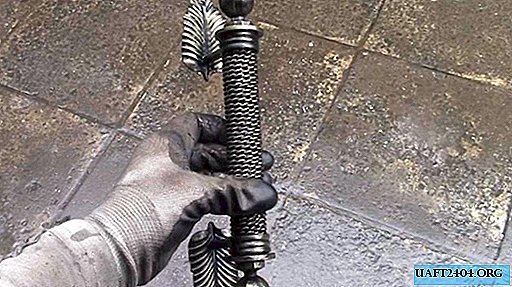Share
Pin
Tweet
Send
Share
Send

Handmade paper making is a very creative and fascinating process. The peculiarity of this master class is that to create your own author’s paper you don’t need any special devices and materials, you can find everything you need at home. The result is a beautiful textured paper that you can use at your discretion: for scrapbooking, card making, various crafts, making gift boxes, business cards, tags for your work, drawings, etc.
Pluses of paper of a manual ebb:
• The uniqueness and originality of each sheet;
• Pleasant texture and appearance of the paper;
• Creative and fascinating process (the ability to do with children);
• Many options for fillers;
• Disposal of paper waste;
Materials:
- Napkins, printer paper, paper packaging, egg cartons, etc. (I do not advise using newspapers, as the printing ink contained in them will make the paper gray) - you can use any one material or combine them as you wish;
- Various fillers (dry inflorescences, flower petals, confetti, pieces of colored paper, sparkles, pieces of thread, seasonings, natural or artificial dyes, watercolor paints, you can even flavor your paper). PVA glue (optional).
- Scissors (shredder), board (tray / tray / baking sheet), sponge, iron, towels, rolling pin, blender (if possible and optional), press.

Step 1:
First, grind the paper, for this, use scissors / shredder or tear it by hand into pieces of medium size.

Step 2:
Fill the paper with water and grind it to a mushy state. To do this, use a blender, and if this is not possible, then leave the paper to soak for a day, periodically rubbing it with your hands to the desired consistency. In order to make the paper more durable, you can add some PVA glue to it.

Step 3:
Take part of the resulting mass and form a sheet with a rolling pin, on the board (tray / baking sheet), in the process you can add a little water, for more plasticity of the paper pulp. At this stage, you yourself determine the thickness of the future sheet. Next is the most fascinating stage, since on it you can mix paper pulps of various colors, add all kinds of fillers, dyes, flavors and everything that your imagination will allow you. Now using a regular sponge, gently pat the paper a few times to remove any excess moisture.

Step 4:
Next, cover the paper with a towel (I used ordinary waffle towels) and dry the sheet with a hot iron until the paper can be easily removed from the board. Be extremely careful, as until the paper is completely dry, it is very fragile and you can easily damage it.

Now the paper must be left to dry overnight under something heavy. And in the morning you will already be glad about the result of your labors. Good luck!


Share
Pin
Tweet
Send
Share
Send

